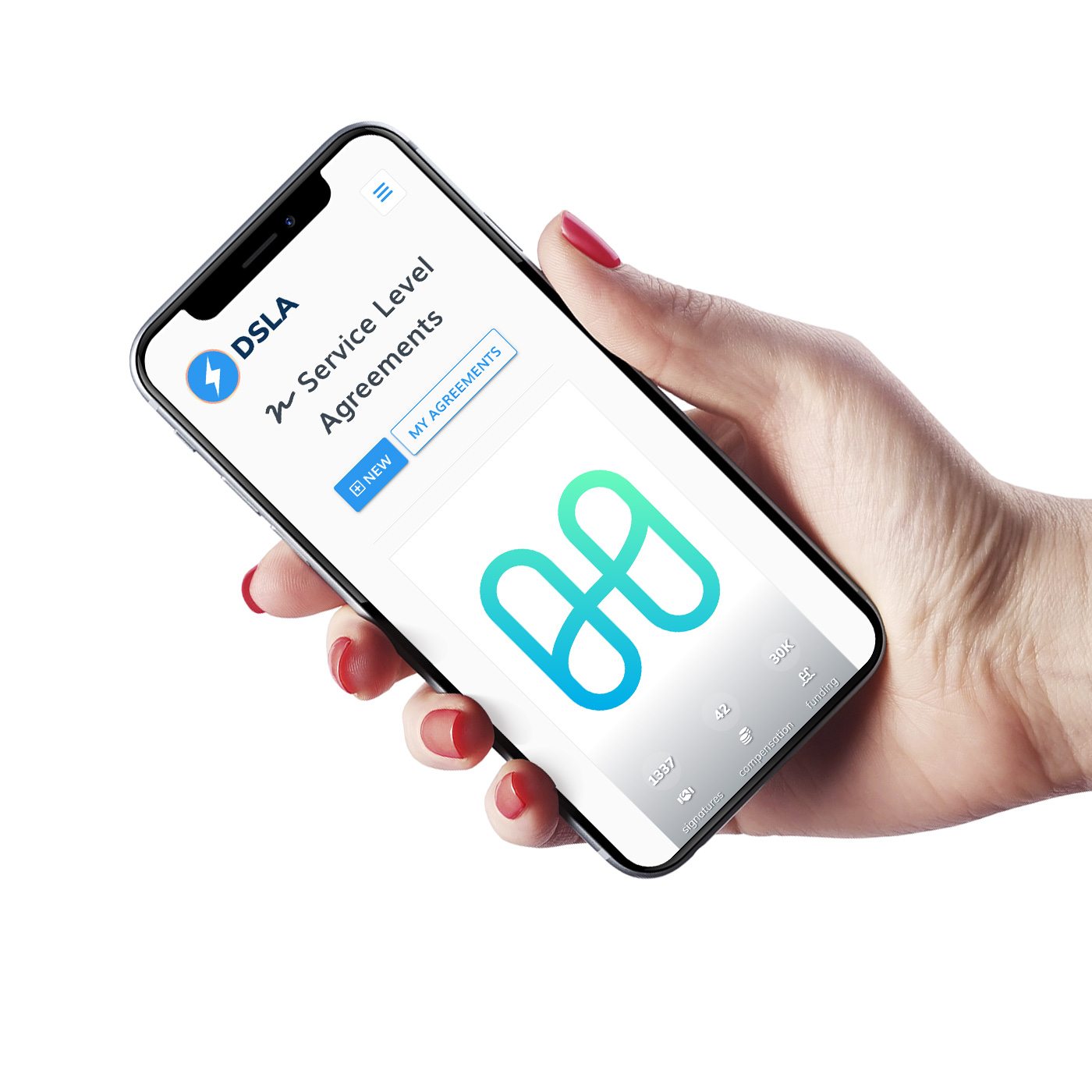

The Pangaea community is made up of validators from over 100 countries. In the future, Pangaea will be responsible for governance and voting on protocol updates. As the Pangaea community expands with the gaining popularity of the project, this will further increase the decentralization of the Harmony project. Approximately 64% of these nodes are part of the Pangaea community. Currently, there are around 1,000 Harmony nodes. Harmony intends to create a decentralized, open network community of nodes known as Pangaea. Though Harmony is not yet entirely decentralized, this is a key goal of the project. Similar to Ethereum’s ERC-20 and ERC-721 token standards, Harmony has its own familiar token standards, HRC-20 and HRC-721, for cryptocurrencies and non-fungible tokens. Additionally, Harmony was created with the added dimension of privacy too, referred to as the “fourth trilemma” by Dr. Harmony was designed from the ground up to solve the blockchain trilemma of security, scalability, and decentralization. The mainnet for Harmony went live the following month, in June 2019. Harmony’s native ONE token was launched through a Binance initial exchange offering (IEO) in May 2019. Harmony raised over $20 million from both private investors and Binance Labs to develop the Harmony protocol. After collating a team of other experienced blockchain developers and professionals, Harmony was founded in 2018. Tse developed his own programming language ‘Min’ to build blockchains. Tse left in 2015 to pursue his passion for blockchain technology.įollowing his departure, Dr. Tse has previously sold a start-up to Apple for seven figures, before subsequently being hired to work for Apple. Stephen Tse, a skilled cryptographer and a core developer of Google Maps. Plus, the Harmony bridge can facilitate both decentralized finance (DeFi) and non-fungible token (NFT) applications. Moreover, from a user’s perspective, traders can expect two-second transaction finality and can seamlessly swap digital assets between the Harmony and Ethereum blockchains. From a developer’s perspective, building on Harmony is almost exactly the same as Ethereum, using the Solidity programming language and Ether.js.

Harmony operates as a dedicated external layer-2 scaling solution for Ethereum, created as its own blockchain. In the meantime, Harmony has created an interoperable sharding protocol, with a two-way Ethereum bridge. This will drastically reduce congestion, however, it is still months away from completion. Additionally, Ethereum is in the process of rolling out the Ethereum 2.0 upgrade which, once complete, will be able to facilitate up to 100,000 transactions per second (TPS). However, in recent years Ethereum became the victim of its own success with high network usage resulting in delayed bottlenecked transactions and substantially higher gas fees.īlockchain developers have designed innovative layer-2 scaling solutions to combat this issue. Ethereum was the first smart contract-enabled blockchain and has shown continued strength and growth since launching in 2015. The Ethereum blockchain is the second-largest blockchain in existence and is host to over 80% of decentralized applications (dApps). Harmony was designed as an interoperable layer-2 scaling solution for Ethereum. However, Ivan on Tech Academy has you covered! If you want to learn about the fundamental principles of blockchain, our Blockchain & Bitcoin 101 course is the perfect place to start your journey!Īlso, if you want to dig a little deeper into how the technology behind Harmony works, be sure to check out the Ethereum 101 course at Ivan on Tech Academy, the number one blockchain education suite online! What is Harmony? Understanding how blockchain technology works can be daunting for beginners. Furthermore, we’ll explain how the Harmony ONE token is used within the protocol’s ecosystem. Moreover, we’ll explore sharding, and how the Harmony blockchain operates using a unique consensus algorithm. In this article, we’ll discover the depths of the Harmony protocol and how it is offering scalability for Ethereum as an interoperable layer-2 solution. Harmony makes it easy for developers to build and scale creative, intuitive decentralized applications (dApps) that enable frictionless, cross-chain token swaps. Powered by the Harmony One token (ONE), the Harmony blockchain is an independent blockchain designed to enable ultra-fast transactions and interoperability as an advanced layer-2 solution for Ethereum. Harmony is an interoperable sharding protocol offering a two-way Ethereum bridge.


 0 kommentar(er)
0 kommentar(er)
